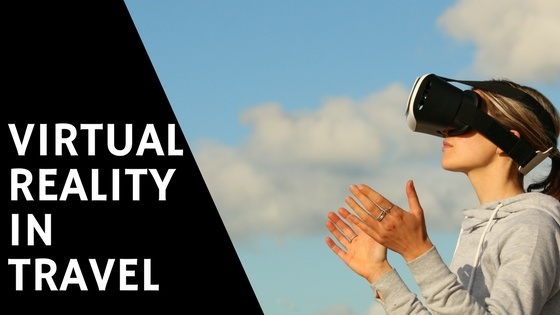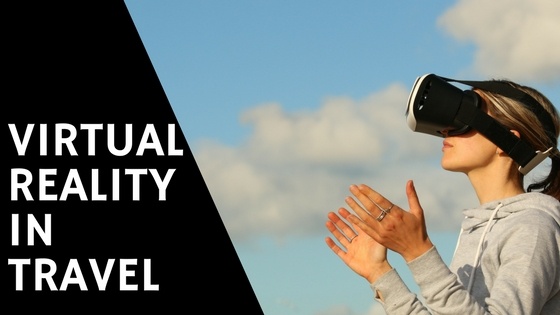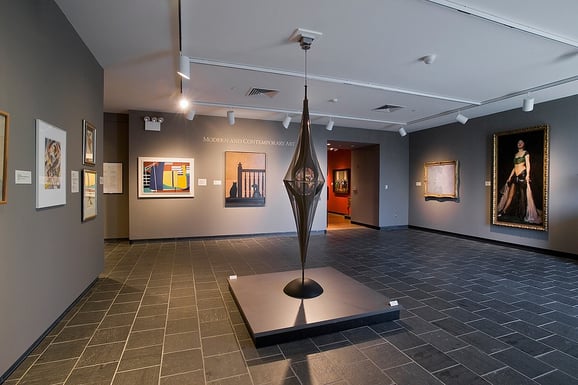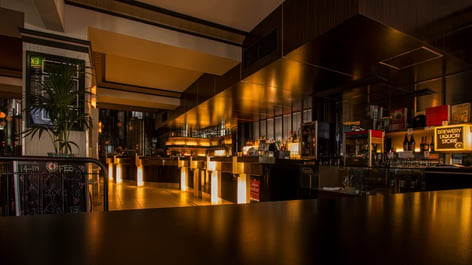What are the topmost NodeJS practices for developers?.
Node.js, a platform based on Chrome's JavaScript motor assists with growing quick, adaptable system applications. It utilizes an occasion driven,...

Virtual Reality is taking its place in different industries worldwide. While many industries are aknowleding the potential of Virtual Reality and taking steps to implement it in their systems- gaming, travel, and entertainment remain the top players. A study conducted by Greenlight VR shows that users expect maximum engagement in travel and adventure from VR technology. With such demand from users and prospective uses, the travel industry is taking massive steps in harnessing such technologies. Virtual Reality in travel is a way to enhance customer-centric marketing, something that is crucial to the success of any Travel venture.
Download Free eBook on Impact of Modern Technologies on Travel Industry:

Virtual Reality is changing travel industry like never before. Here are 6 disruptive innovations that are happening because on virtual reality in travel:
 d reality. It is a simple concept of getting a 360-degree view of places you want to peek into. Now with Google Cardboard in the game, you can just update your Street View app and enjoy the luxury of visiting different places from the comfort of your home. This technology is a great way to plan your travel for places to visit and make your journey worth the time and money spent.
d reality. It is a simple concept of getting a 360-degree view of places you want to peek into. Now with Google Cardboard in the game, you can just update your Street View app and enjoy the luxury of visiting different places from the comfort of your home. This technology is a great way to plan your travel for places to visit and make your journey worth the time and money spent.
Navitaire a subsidy of Amadeus introduced the first Virtual Reality booking and search experience. Using special gloves and VR glasses, the user selects a destination on a virtual globe and books directly. The Booking Engine provides a system of renting cars and booking flights, making travel planning a decent experience in itself.

How would you feel if your 8-hour flight wouldn’t feel like flying at all? Virtual reality can make flying feel like anything, “literally”. Even a 17 hour 40 minutes long flight from Auckland to Doha can feel bearable with a VR entertainment beside you. The ways of integrating these can range from loose headsets to complete seat integration. One airline to leverage this technology is Qantas, an Australian Airline, making its passengers happier than ever before. This can be a big differentiating factor for airlines to stand out among their competitors.
Read More: By 2020 these 5 Travel Technologies Change How Consumers Plan Their Trips
The Benefits of Virtual Reality in Travel:
Here are 4 ways virtual reality in travel will change the way hospitality, airlines, and travel industries operate in future:
Customer’s expectations are rising like never before. The demand for personalized customer-centric marketing has reached heights that can lead to massive success for early adopters of such marketing models. VR is one such way to meet rising customer expectations in travel by giving them a real picture of their destination beforehand.
Read More: The Impact of Big Data in Travel
The possibilities of VR in travel are endless. So much so that it can change the travel industry like never before. According to the research report from ZEISS and YouGov, 73% entrepreneurs surveyed are expecting VR to play an important role in the decision-making process in travel and hotel industries & 61% see an application of VR content in the Travel Industry. Given such odds, virtual reality can become a great move for early adopters in the industry. It is time travel companies can either be a part of the shift or lag behind. So where do want to stand?
Download eBook on How Travel Industry is changing with time and why should you too.

Node.js, a platform based on Chrome's JavaScript motor assists with growing quick, adaptable system applications. It utilizes an occasion driven,...
What could be the ultimate goal for each business person? Increase the number of sales!!! In any case, driving traffic and offering amazing...